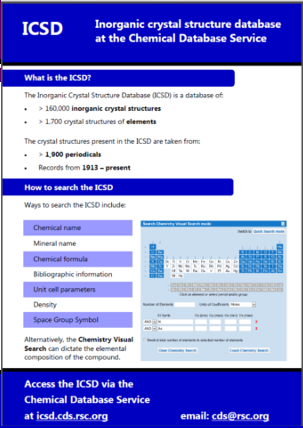
Although the missing structures can be explained by their elimination due to disorder reasons or small pore window diameters, the presence of non-MOF structures can only be caused by issues in the definition of potential MOFs during the first step of MOF identification. work, eliminating MOFs with alkali metal ions is too restrictive, as there are known examples of alkali-based MOFs.33 In the CoRE MOF database, a small number of non-MOF structures (see Figure S1) are found, and MOF structures, such as FMOF-1 (Figure S2), are noted as missing. In addition, there are issues with implementing too general or too restrictive search criteria for MOFs. The inset shows the MOF self-assembly process from building blocks: metals (red spheres) and organic ligands (blue struts). Growth of the CSD and MOF entries since 1972. MOFs are crystalline materials containing metal clusters connected by organic linkers (Figure 1, inset) and are characterized by their wide range of well-defined and, in principle, tailorable poreįigure 1. Metal−organic frameworks (MOFs) are one of the most exciting recent advances in porous materials science.

This trend is only going to increase even further as the Among these, the number of MOFs has also increased dramatically in the past decade to an estimated number of ca.

The Cambridge Crystallographic Data Centre (CCDC) collates and curates the Cambridge Structural Database (CSD)the world’s repository of small molecule crystal structures, which includes small organics as well as MOFs and other porous materials.21 As shown in Figure 1, the number of entries in the CSD has substantially increased over the last 44 years, reaching a milestone of 850 000+ entries in 2016. These unique properties have paved the way for MOF research to grow substantially, and applications are being considered in many areas including gas storage,6,7 separation,8−10 catalysis,11,12 and carbon capture13−15 as well as biomolecule encapsulation,16 drug delivery,17−19 and imaging.20 Because of the modular nature of MOFs, an almost unlimited number of structures can be envisioned. 1000 m2/g for zeolites and up to 3500 m2/g for activated carbons,4,5 and their large pore volumes have been unsurpassed by any other porous material to date. MOFs can reach apparent surface areas as high as 10 000 m2/g vs ca. Sizes (from micro- to mesoporosity), pore geometries, high void fractions, and large surface areas. Using this resource, we then developed and used an array of computational tools to remove residual solvent molecules from the framework pores of all the MOFs identified and went on to analyze geometrical and physical properties of nondisordered structures. The CSD MOF subset is updated regularly with subsequent MOF additions to the CSD, bringing a unique record for all researchers working in the area of porous materials around the world, whether to perform high-throughput computational screening for materials discovery or to have a global view over the existing structures in a single resource. To set up this subset, we asked the question “what is a MOF?” and implemented a number of “look-for-MOF” criteria embedded within a bespoke Cambridge Structural Database (CSD) Python API workflow to identify and extract information on 69 666 MOF materials. Ward,‡ and David Fairen-Jimenez*,† †Īdsorption & Advanced Materials Laboratory (AAML), Department of Chemical Engineering & Biotechnology, University of Cambridge, Pembroke Street, Cambridge CB2 3RA, United Kingdom ‡ The Cambridge Crystallographic Data Centre, 12 Union Road, Cambridge CB2 1EZ, United Kingdom S Supporting Information *ĪBSTRACT: We report the generation and characterization of the most complete collection of metal−organic frameworks (MOFs) maintained and updated, for the first time, by the Cambridge Crystallographic Data Centre (CCDC). Development of a Cambridge Structural Database Subset: A Collection of Metal−Organic Frameworks for Past, Present, and Future Peyman Z.


 0 kommentar(er)
0 kommentar(er)
